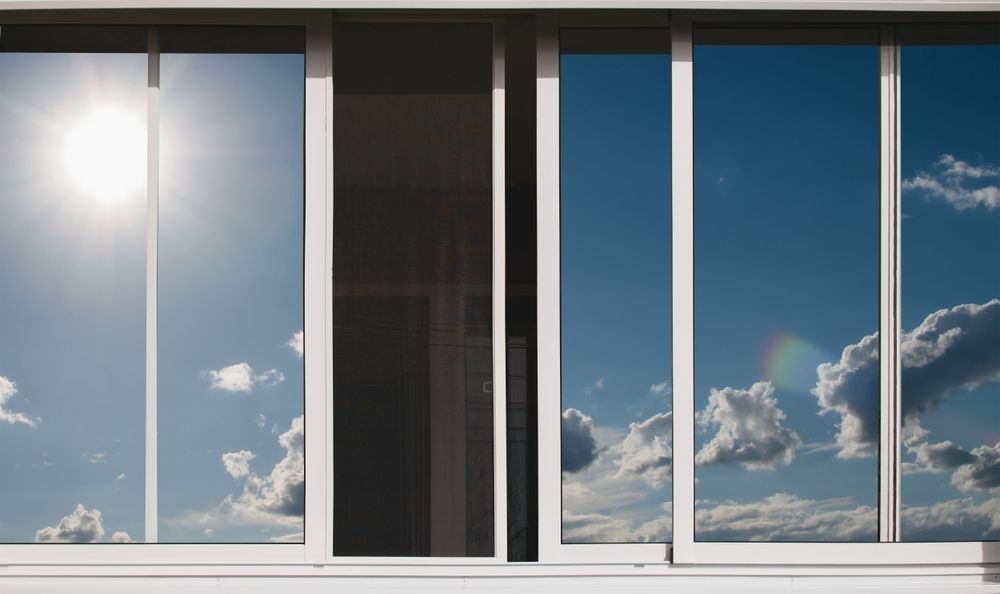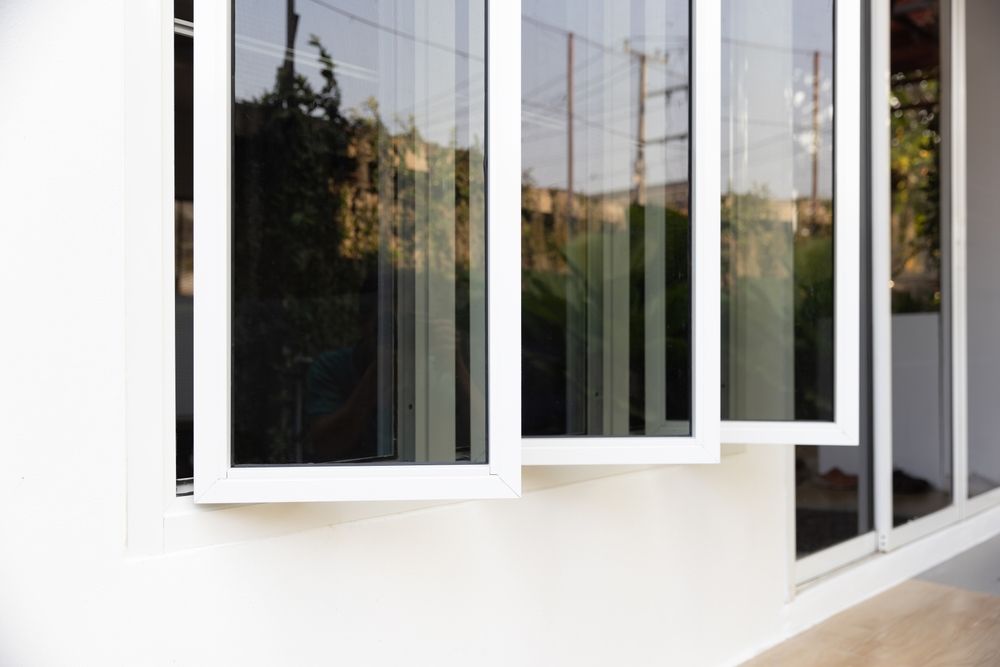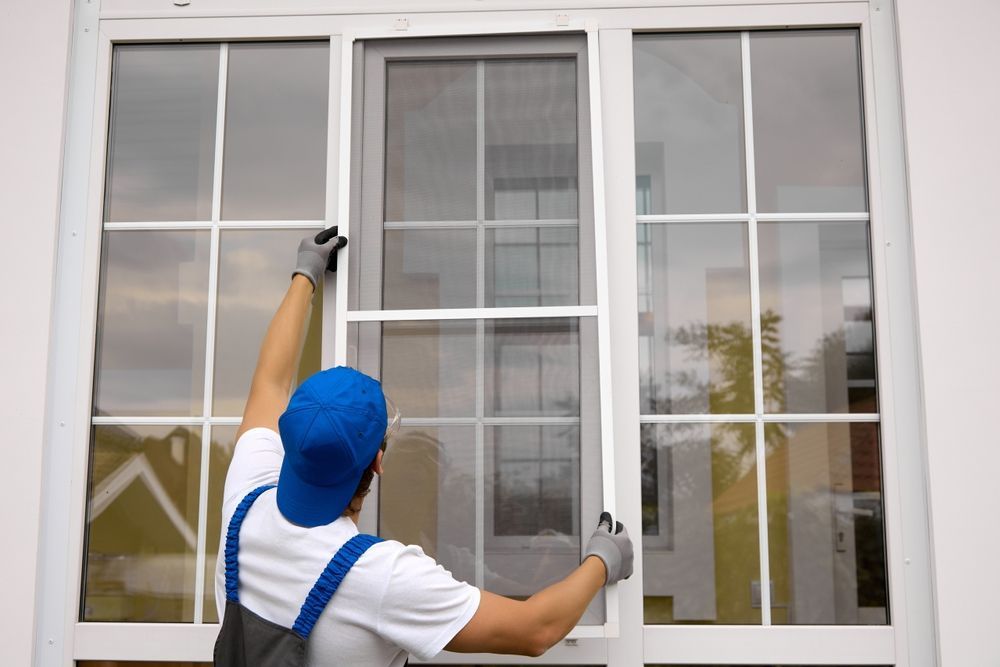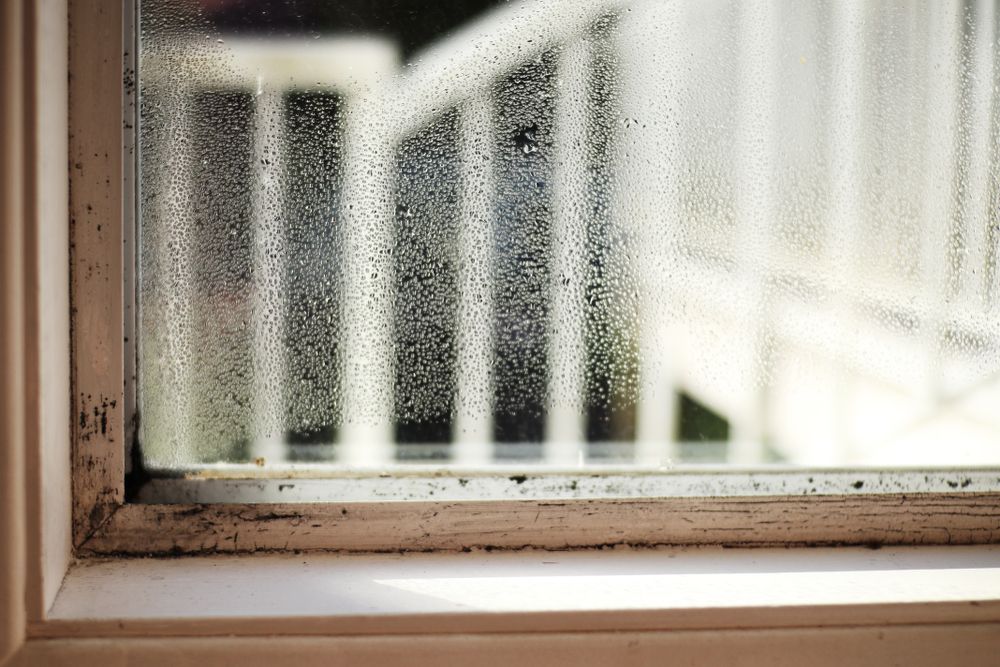A Guide to Window Ratings
November 18, 2025
Share this Article:
Shopping for new windows can feel overwhelming, especially when every label is covered in numbers and ratings. But those numbers matter. They reveal how well a window keeps heat inside, how much sunlight it allows through, and the impact it will have on your energy bills.
The key is knowing which numbers matter most for your home. Maybe you want to keep more heat inside during the winter, cut down on glare in sun-filled rooms, or strike the right balance between light and efficiency. Once you know what to look for, the label stops being confusing and starts being a powerful guide to making the right choice.
Why Window Ratings Matter for Homeowners
Window ratings might seem technical at first, but they reflect how your windows perform in real-world conditions. If your current windows let in too much cold air in winter or heat in the summer, chances are poor performance scores are to blame.
These measurements show how well a window insulates, how much sunlight and heat it allows in, and how tightly it seals. Each of these factors plays a role in how comfortable your rooms feel and how much energy your home uses.
For example, a window with a high air leakage rating might contribute to drafts and higher heating bills. One with low solar control could lead to rooms overheating on sunny days. Understanding these scores helps you choose products that match your comfort and efficiency goals. You’ll also want to consider the condition of
window parts, since damaged components can compromise performance even when ratings are solid.

Understanding the NFRC Label
Every certified window comes with a label from the National Fenestration Rating Council (NFRC), an independent group that tests and rates window performance. This label gives you the key data points to compare products side by side, all based on standardized testing instead of marketing claims.
Here’s what you’ll typically see on an NFRC label:
- U-Factor: Measures insulation performance. Lower numbers mean better resistance to heat loss.
- Solar Heat Gain Coefficient (SHGC): Tells you how much solar heat passes through.
- Visible Transmittance (VT): Indicates how much natural light the window lets in.
- Air Leakage (AL): Reflects how much outside air can get through the window frame.
These ratings help you pick
insulated windows that align with your comfort and energy needs.
What the U-Factor Tells You About Insulation
The U-Factor measures how well a window keeps heat from escaping your home. It’s especially important in colder climates like the Chicago area, where heating bills can spike during the winter months. The lower the U-Factor, the better the window is at holding onto indoor warmth.
For example, a window with a U-Factor of 0.30 will insulate better than one rated at 0.45. That means your furnace won’t have to work as hard, and you’ll likely feel fewer cold spots near the glass.
When shopping for energy-efficient options, pay close attention to this number. It’s one of the strongest indicators of thermal performance and plays a major role in keeping your home consistently comfortable in cold weather. If you're comparing brands,
Quaker vs Andersen windows is a helpful starting point. Each brand offers different strengths in U-Factor and other ratings.
Solar Heat Gain Coefficient and Sunlight Control
The Solar Heat Gain Coefficient (SHGC) tells you how much solar radiation passes through a window and becomes heat inside your home. It’s measured on a scale from 0 to 1. The lower the number, the less heat gets through. This rating matters most in sunny areas or rooms that face the sun for much of the day.
For example, a window with a lower SHGC helps reduce unwanted heat during the summer, making it easier to keep rooms cool without relying on the AC. On the flip side, a higher SHGC can help bring in more warmth during winter.
Think about room direction and sun exposure when comparing SHGC values. It’s a simple way to manage solar gain and control indoor temperatures, especially during
window replacement when you're planning upgrades for the whole home.
Visible Transmittance and Natural Light
Visible Transmittance (VT) measures how much natural light a window lets into your home. The scale ranges from 0 to 1. Higher numbers mean more light comes through. This rating is helpful when you're trying to brighten up darker rooms or reduce the need for artificial lighting during the day.
For instance, a window with a VT of 0.70 will let in more daylight than one rated at 0.40. But more light can also mean more glare, especially in rooms with screens or glossy surfaces. Balancing light and comfort is key.
If you're replacing windows in a living room, kitchen, or workspace, a higher VT might be a good fit. It can make the space feel more open and help lower energy use during daylight hours.
Air Leakage and Window Performance
Air leakage measures how much outside air can pass through the window frame or seals. It’s rated as a number showing cubic feet of air passing through per minute per square foot of window area. Lower numbers mean less draft, which translates to better energy performance and a more comfortable home.

If your windows feel breezy in the winter or you notice dust collecting near the sills, high air leakage might be the reason. Even small gaps can let in cold air, raise your heating bills, and make rooms feel unevenly heated.
Look for windows with low air leakage scores, especially in older homes or areas with frequent wind. A snug seal helps maintain indoor temperatures and reduces both energy loss and outside noise. Make sure to compare
window materials too, since some are naturally more airtight than others.
Choosing the Right Ratings for Your Home
There’s no one-size-fits-all rating that works for every home. The best window performance depends on your climate, your home’s orientation, and how you use each space. A bedroom that gets early morning sun might need a different setup than a west-facing family room that heats up in the afternoon.
Start by thinking about your comfort goals. Are you trying to keep things warmer in the winter, block heat in the summer, or just let in more light? Then, match those goals to the key ratings such as U-Factor, SHGC, VT, and air leakage.
If you're not sure where to start, Woodland can help.
Reach out for a free consultation, or stop by our showroom to talk with a window specialist and explore the best options for your home.
Connect with Us:




